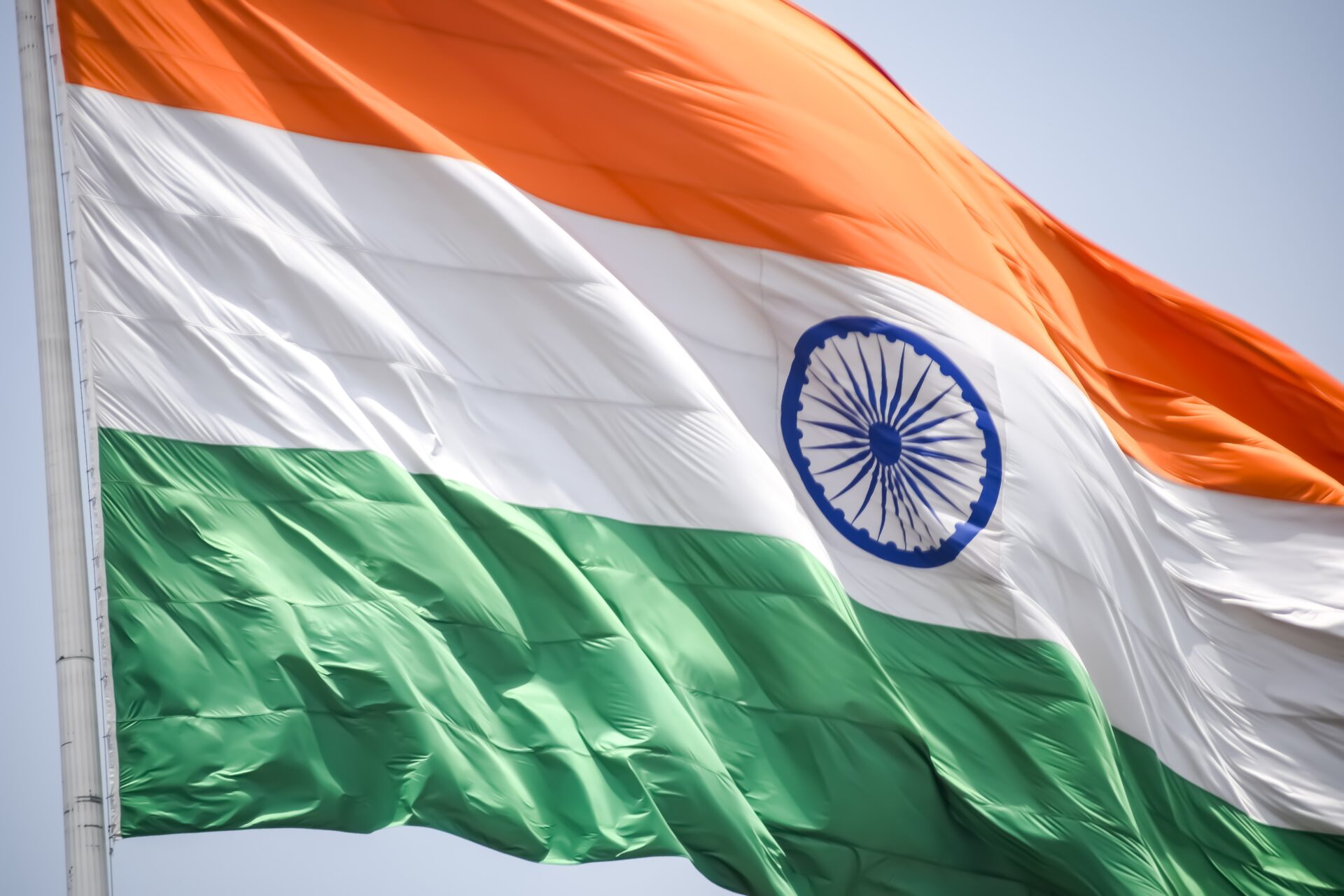
U.S. PUNISHES India Over Russia Ties!
President Trump is turning up the heat on India with a tariff hike that’s sure to shake up global trade dynamics.
Story Snapshot
- Trump raises tariffs to pressure India over its Russian oil purchases.
- Accusations fly that India profits from the Ukraine conflict.
- Tensions rise as U.S. foreign policy takes a new direction.
- Potential ripple effects on global trade and alliances.
Trump’s Tariff Strategy: A Bold Move
President Trump announced his decision to “substantially” raise tariffs on India, targeting the country’s economic ties with Russia. This comes as a response to India’s purchase of discounted Russian oil, which Trump claims is funding Russia’s military actions in Ukraine. This marks a significant shift in U.S. strategy, as it links economic penalties directly to foreign policy objectives, challenging India’s longstanding relationship with Russia.
Watch: Trump Vows Tariff Hike on India Over Russian Oil Resale Profits | NewsX
India, historically a key partner for the U.S. in counterbalancing China, now finds itself at a crossroads. The stakes are high as India must navigate its need for affordable energy while maintaining strategic autonomy. The decision to impose tariffs underscores the tension between economic interests and geopolitical strategies, placing India in a difficult position.
Economic and Political Implications
The immediate impact of the tariff increase is likely to be felt by Indian exporters, who will face higher costs when shipping goods to the U.S. This could disrupt trade flows and supply chains, with potential repercussions for sectors like textiles, pharmaceuticals, and information technology—major pillars of India’s economy. U.S. importers and consumers might also see price increases, further straining economic relations between the two nations.
Long-term, the U.S. risks pushing India closer to Russia and China, potentially weakening its influence in Asia. Such a shift could complicate efforts to isolate Russia economically and politically, as India remains a major buyer of Russian arms and energy. This development challenges the U.S.’s ability to build a unified front against China in the region.
Stakeholder Reactions and Responses
The announcement has sparked varied reactions from key stakeholders. President Trump remains firm in his stance, emphasizing the need to pressure Russia through secondary sanctions. The Indian government, while expressing willingness to keep trade talks open, defends its energy purchases as essential for economic stability. Russia benefits from the continued oil sales, further entrenching its economic ties with India.
Analysts caution that this move could backfire, urging the need for strategic diplomacy to avoid alienating India. As the situation unfolds, the balance of power in Asia hangs in the balance, with the potential for new alliances to emerge in response to shifting geopolitical dynamics.
Expert Opinions and Future Outlook
Experts argue that the U.S. must tread carefully, as alienating India could lead to unintended consequences. Some suggest that India’s energy strategy is pragmatic rather than politically motivated, while others see merit in Trump’s approach to increasing pressure on Moscow. This complex situation continues to evolve, with potential implications for global trade and diplomatic relations.
As the dust settles, the world watches closely to see how this bold move will play out on the international stage. Will India bend to U.S. pressures, or will it forge stronger ties with Russia and China? The answers will shape the future of global trade and geopolitical alliances in the years to come.
Sources:
Economic Times
Fox Business
TIME


